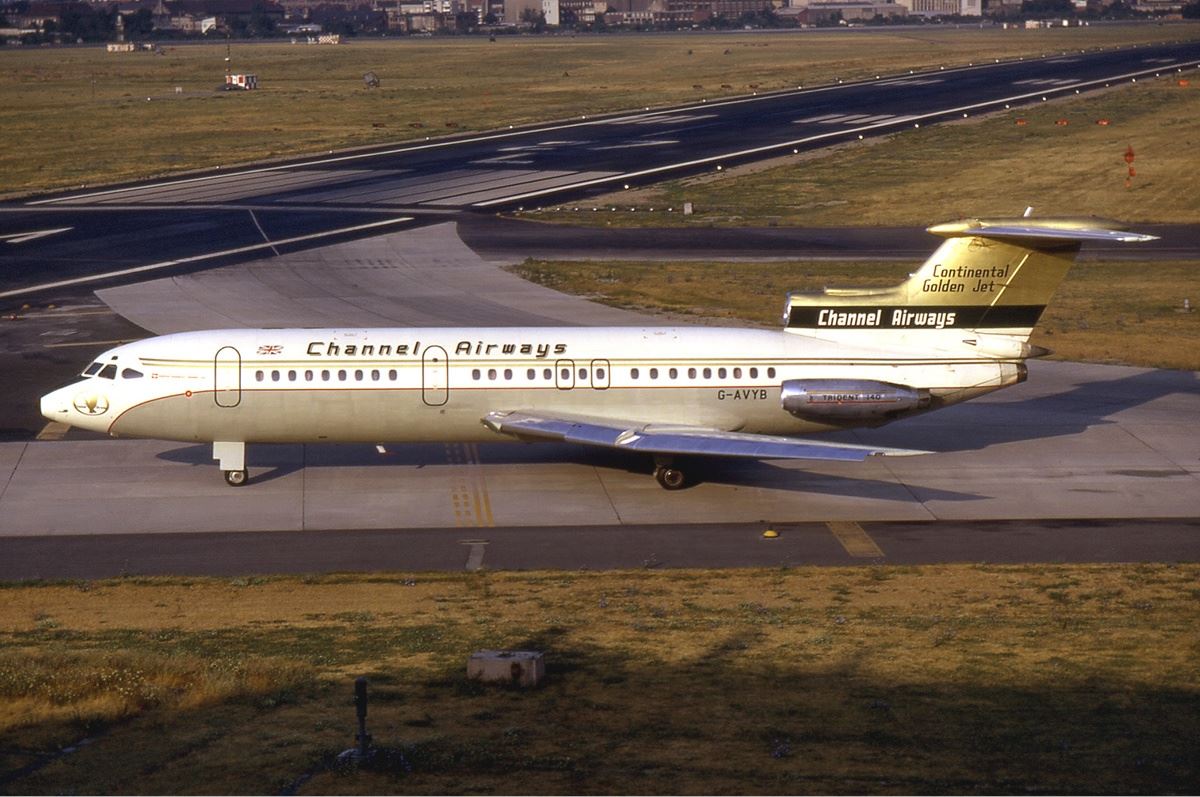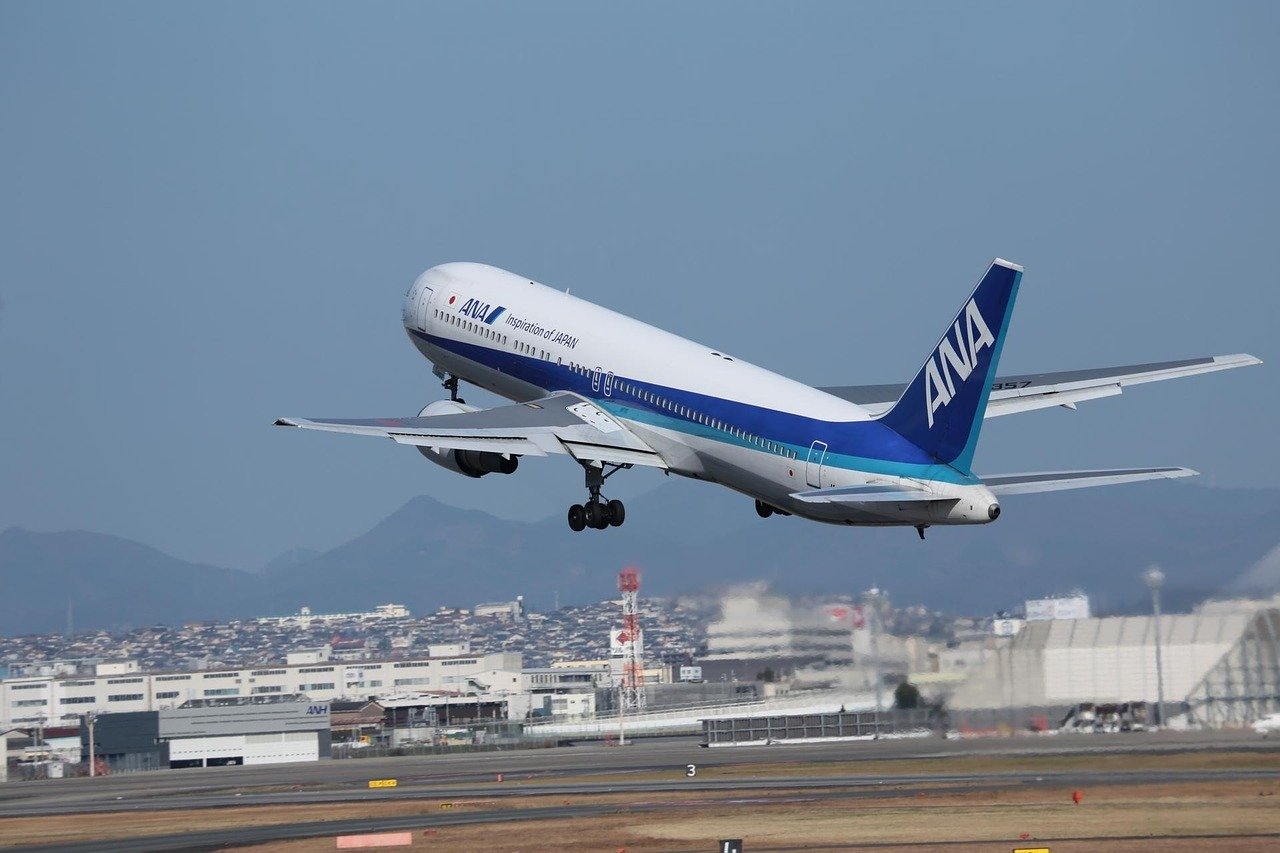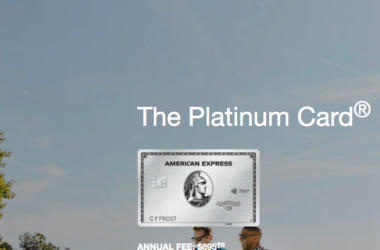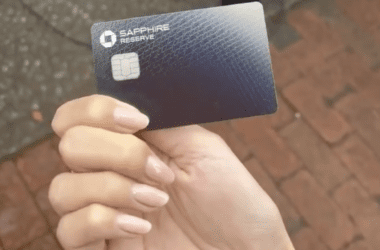As frequent travelers, we’re always dreaming about the next destination. Be it verdant forests, towering mountains or pristine clear beaches, we have a very positive association with all things travel. However, what if I were to tell you that the travel industry itself is one of the least loved? Well, at least travel brands surely are.
Over the last decade or so, I’ve had the opportunity to work on multiple campaigns, focusing on marketing and branding strategy for companies globally. However, when it comes to the top brands in the world, travel brands are nowhere to be seen. When the list for the top global brands is compiled, travel brands don’t even feature in the top 100.
Travel Industry Rankings
Interbrand is a global brand consultancy. One of the most popular lists that they put out each year is their global brand rankings. As per their 2019 brand rankings, not a single travel brand features in the top 100! Now what could be the reason for that?
Valuing a brand is a complex task. In short, you’re looking to put forth a numerical value to something that’s intangible. However, Interbrand lists some of the factors that they consider while valuing global brands. Here are some of their requirements:
- At least 30 percent of revenue must come from outside of the brand’s home region.
- The brand must have a significant presence in Asia, Europe, and North America, as well as geographic coverage in emerging markets.
- There must be sufficient publicly available data on the brand’s financial performance.
- Economic profit must be expected to be positive over the longer term, delivering a return above the brand’s cost of capital.
- The brand must have a public profile and sufficient awareness across the major economies of the world.
You can read the details of Interbrand’s full methodology on their website here. If we all love travel so much, then why doesn’t a single travel brand feature in the top 100?
Profitability
Many travel brands simply aren’t as profitable as compared to their peers in other industries. Brand valuation rewards companies that are more profitable. As a result, you see fewer travel brands in this list.
Decentralization
Hotels follow a decentralized model. A single parent brand has many offshoots to cater to different segment. Many brands mean less consistency. Hence, people are less likely to remember them and associate them to the parent brand. This can be further explained by outlining the different between a branded house and a house of brands.
For example, Embassy Suites and Conrad are two distinct Hilton brands that cater to very different customer segments. However, they fall under the same umbrella brand. As a result, customers have way too many names and sub-brands to remember.
Compare that to one of America’s most popular brands – Coca Cola. You have Coke, Diet Coke, Coke Zero and so on. The parent brand Coke is common, hence customers associate with the parent brand better and tend to remember its name longer. In a nutshell, Hilton is a house of many different brands, whereas Coke is a branded house.
Consistency of Experience
Travel brands cannot simply offer the consistency of experience. The industry is decentralized and spread all over the world. In the world of manufacturing, one can standardize products for customers and produce them at a scale.
However, we’ve seen several examples of a single incident totally wrecking the brand image of travel companies. Also, customers are more likely to complain publicly and more vociferously about a service incident gone wrong as opposed to an Amazon package arriving one day late.
Compare that to manufacturing – For example, if you buy a MacBook Pro in Canada, Vietnam, India or Australia, the product quality is always the same in most cases. However, your experience at a hotel in these countries may be totally different. Unlike technology or CPG (consumer packaged goods) brands, airline and hotel employees interact directly with the customers and are the face of the company. The customer’s experience can vary drastically based on region, culture, language or more factors.
Frequency of Purchase
Unlike CPG (Consumer Packaged Goods) products, the average person simply doesn’t interact with travel brands at the same rate. For example, a person consuming a can of Coke may consume it once or many times in a day. A person who drives a Toyota may be driving the car everyday. A person using his iPhone definitely picks it up and interacts with the device multiple times a day. Why does this matter?
Simply put, the more frequently you interact with or consume a brand, the more frequently you interact with its name, logo, font and colors. Frequent purchases create a habit and one tends to remember the brand longer. In sharp contrast, the average person simply doesn’t interact that often with travel brands in order to develop any of the traits mentioned above.
The Pundit’s Mantra
In a nutshell, running the service industry is a really tough job. Airlines and hotels have to run decentralized brands that cut across regional, social, linguistic and cultural differences. From a brand perspective, it’s a really tough field to play in. Perhaps that’s why we see travel brands emphasize on using their loyalty programs as a driver of loyalty and repeated business.
In a previous post, I wrote about how the travel industry isn’t necessarily covering itself in glory with its own actions. However, the complexities and the decentralized nature of the industry makes it very difficult to have any control over brand image. Also, most of the hotel brands are houses of brands. Therefore, brands find it even tougher to offer a consistent message in their communication as each brand under the umbrella often has a different name and caters to a different customer segment.
What do you think about the brand ranking methodology? Do you think it’s fair to the travel industry or the service industry in general? Tell us in the comments section.
___________________________________________________________________________________________________________________
This travel card is currently offering a lucrative 60,000 points welcome bonus, for just a $95 annual fee!
___________________________________________________________________________________________________________________
Never miss out on the best miles/points deals. Like us on Facebook, follow us on Instagram and Twitter to keep getting the latest content!












